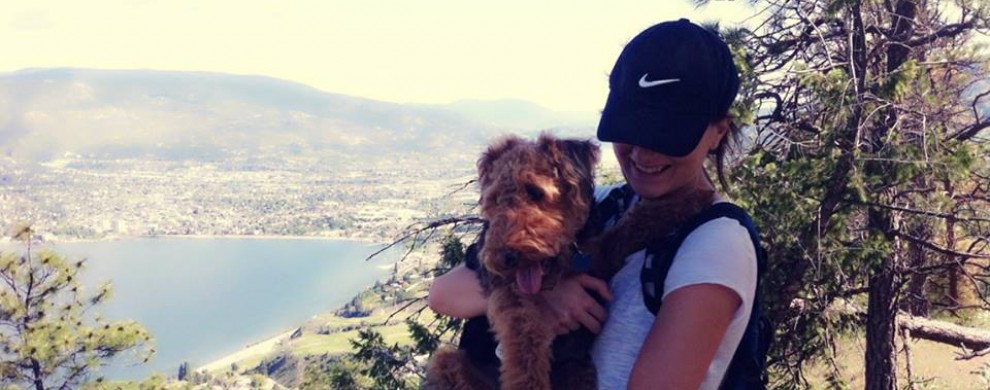#8. “…Maps chart territory and provide directions, they also create borders and boundaries and they help us to find our way. There is more than one way to map, and just as this novel plays with conflicting story traditions, I think King is also playing with conflicting ways to chart territory. What do you think lies at the centre of King’s mapping metaphor?
The road ran on in front of them, a pitch of hills and coulees that dipped and rose on the land. It had been a long time since Lionel had traveled the lease road. Normally, he came in through Medicine River on the road that ran to Cardston. That road was all asphalt and mileage signs and bill-boards. This road as a wild thing, bounding across the prairies, snaking sideways, and each time they came to a rise, Lionel that an uneasy feeling that just over the crest of the hill, the road would vanish, and they would tumble out into the tall grass and disappear (King 362).
The significance of this scene, as representative of the mapping metaphor in Green Grass Running Water, is compounded by the story Uncle Eli obliquely shares with Lionel as he guides him off the “official” route in a familiar, yet unpredictable direction: “Nephew, did I ever tell you why I came home?” (King 360). According to Marline Goldman, King’s effort to “undermine the legitimacy of the fixed Map, which [stood] for the sum total of Western culture’s hegemonic linear narratives” was successful through his “emphasis on oral traditions” (Goldman 31). Uncle Eli’s story is non-transparent, and while Lionel guesses reasons as to why his uncle returned home from Toronto, he is left in question. Eli’s aim was not to dictate the direction of Lionel’s future by setting himself as an authoritative example, rather, his motive was to inspire Lionel to find his own path “home.” To me, these distinctions between “fixed” and “discovered” directions within storytelling are what lie at the center of King’s mapping metaphor.
As Goldman asserts,”[o]wing to the close relationship he perceives between visual and written forms of codification, and the role they have played in securing the settler-invaders’ understanding of “reality,” King’s project also involves subverting a whole range of Western representational strategies, including the map” (Goldman 20). In a culture dictated by clean borders and bill-board lined expressways, it is difficult to comprehend our lack of directional freedom. This convention may be compared to the “reality” pre-determined for North American culture through settler-invader narratives: “There would be a conflict of some sort between the whites and Indians. And Iron Eyes would be forced to choose between Annabelle and his people…Iron Eyes would send Annabelle back to the fort and then go fight the soldiers…He’d be killed, of course and the novel would conclude on a happy note of some sort” (King 199). The linear predictability of the setter-invader narrative stands in stark contrast to circular and complex First Nations oral storytelling. Settler-defined “borders” in this way, become both physical and spiritual obstructions of truth and freedom.
In the final chapters of the novel, as they arrive at the Sun Dance festival, Lionel, Alberta, and Charlie begin to rediscover their paths “home.” However, by taking the exit off the linear path, it seems that their stories are just beginning.
King, Thomas. Green Grass Running Water. Toronto: Harper Collins, 1993. Print.
“The Searchers” Theatrical Trailer (1956) Youtube. Web https://www.youtube.com/watch?v=XYOp3l9wL1k
